Revolt of 1857
Causes for Revolt of 1857
British Expansionist Policies
- Annexation policy
- Doctrine of lapse
- Restrictions on Royal families (Subsidiary alliance)
Economic Exploitation
- High land revenue
- Heavy Taxation
- Discriminatory tariff policy against Indian products
- Destruction of traditional handicrafts industry
- Heavy Mechanization & Huge drain of wealth
Karl Marx remarked in 1853, “It was the British intruder who broke up the Indian handloom & destroyed spinning-wheel. England began with depriving the Indian cottons from the European market; it then introduced twist into Hindustan and in the end inundated the very mother country of cotton with cottons”.
Socio-Cultural Reasons
- Racial overtones and a superiority complex by British towards the native Indians
- Government’s decision to tax mosque & temple lands
- Legislative measures, such as the Religious Disabilities Act, 1856, which modified Hindu customs, for instance declaring that a change of religion did not debar a son from inheriting the property of his heathen father.
- The attempts at socio-religious reform such as abolition of sati, support to widow-remarriage and women’s education were seen by a large section of the population as interference in the social and religious domains of Indian society by outsiders.
- To the religious Hindu of the time, crossing the seas meant loss of caste. In 1856 Lord Canning’s Government passed the General Service Enlistment Act which decreed that all future recruits to the Bengal Army would have to give an undertaking to serve anywhere their services might be required by the Government which caused resentment.
Political Exploitation
- Zamindars, the traditional landed aristocracy, often saw their land rights forfeited with frequent use of a quo warranto by the administration.
- Low salaries + Low prospects of promotion + abolition of foreign Bhatta.
- The Indian sepoy was equally unhappy with his emoluments compared to his British counterpart.
- A more immediate cause of the sepoys ‘dissatisfaction was the order that they would not be given the Foreign Service allowance (Bhatta) when serving in Sindh or in Punjab.
- The annexation of Awadh, home of many of the sepoys, further inflamed their feelings.
Immediate Reasons
- The reports about the mixing of bone dust in Atta (flour) and the introduction of the Enfield rifle enhanced the sepoys ‘growing disaffection with the Government.
- The cartridge of the new rifle had to be bitten off before loading and the grease was reportedly made of beef and pig, the sepoys felt their religion was in grave danger.
- The greased cartridges did not create a new cause of discontent in the Army but supplied the occasion for the simmering discontent to come out in the open.
Beginning of Revolt of 1857
- Started by Mangal Pandey on 29th March 1857, refusing to use greased rifle cartridges (Greased composed of fat taken from beef & pig) & killing his officer at Barackpore, Bengal
- Mangal Pandey was hanged & his regiment disbanded with sepoy guilty of rebellion punished.
- A chain reaction started & in May 1857, at Meerut 85 sepoys were sentenced imprisoned for refusing to use greased cartridges.
- Hence sepoys break out in open rebellion; shot their officers; released fellow sepoys & headed Delhi.
- Next Morning, Army captured Delhi & proclaimed Mughal King Bahadur Shah Jafar, Emperor of India.
- But real power lied with general Bakht Khan who had led the revolt of Bareilly troops and brought them to Delhi.
Famous Leaders of the Revolt
| Kanpur | Revolution led by Nana Shaheb with the help of his lieutenants Tatya Tope & Azimulla |
| Lucknow | By Beghum of Avadh, Hazrat Mahal, with the help of peasants, zamindars & sepoys |
| Jhansi | By Rani Lakshmi bai (Widowed queen of Gangadhar Rao) along with Tatya tope |
| Bihar | Led by Kunwar Singh (a ruined zamindar) |
| Bareilly | By Khan Bahadur |
| Faizabad | By Maulvi Ahmadullah |
Suppression of Revolt
- The British captured Delhi on September 1857 after prolonged and bitter fighting
- Bahadur Shah was taken prisoner & was exiled to Rangoon where he died in 1862.
- Thus, the great House of Mughals was finally and completely extinguished
- Finally, Revolt came to an end in 1858 with British victory & Lord canning proclaimed peace over India.
Causes of Failure of Revolt of 1857
- Revolt failed to embrace whole India.
- only 1/10th of Indian population & 1/4th of Indian area came under its impact.
- Different sections of society like moneylenders, educated men & merchants were against the revolt.
- Superiority of British resources viz. Rifles, Communication, Transport etc.
- Lack of proper plan & strategy to move ahead with the movement.
- The electric telegraph kept the commander-in-chief informed about the movements and strategy of the rebels.
Points of Prominence
- 1857 revolt Shook the very foundation of British Government
- Led to Hindu – Muslim unity.
- Common man rose to fight against the government which imparted the consciousness of belonging to one country among people.
- Racial hatred and suspicion between the Indians and the English was aggravated.
For more updates, explore the Ancient India History. Feel free to share your thoughts and comments.
If you’re passionate about building a successful blogging website, check out this helpful guide at Coding Tag – How to Start a Successful Blog. It offers practical steps and expert tips to kickstart your blogging journey!



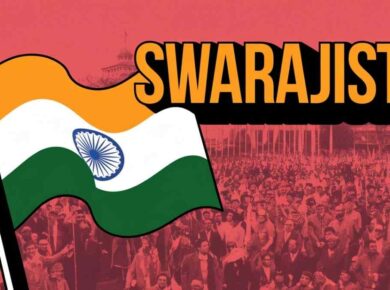
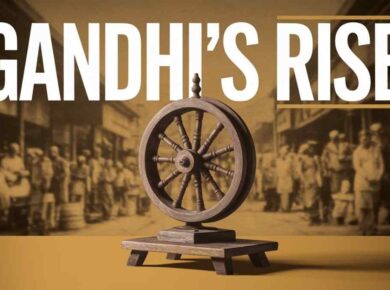
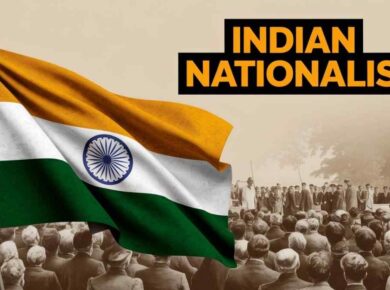
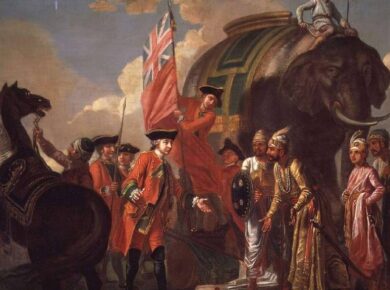
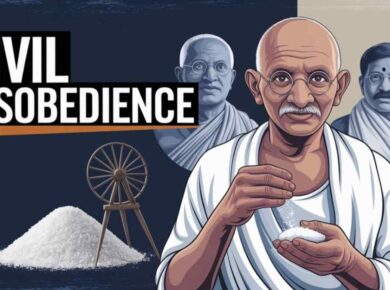


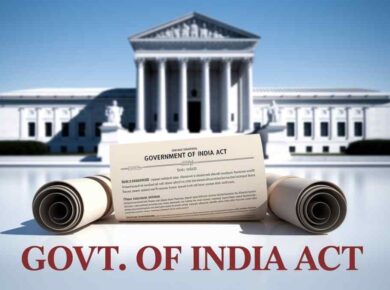
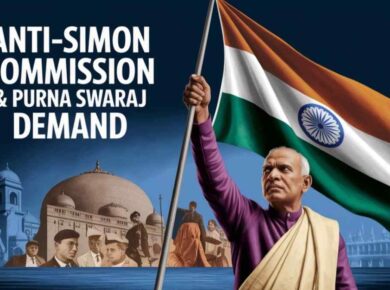
3 comments
thankyou very much to share the knowledge.
Sir, it’s a request if you can complete modern history topics. Really it will be great help for working aspirants like me.
really this topic is very helpful to me